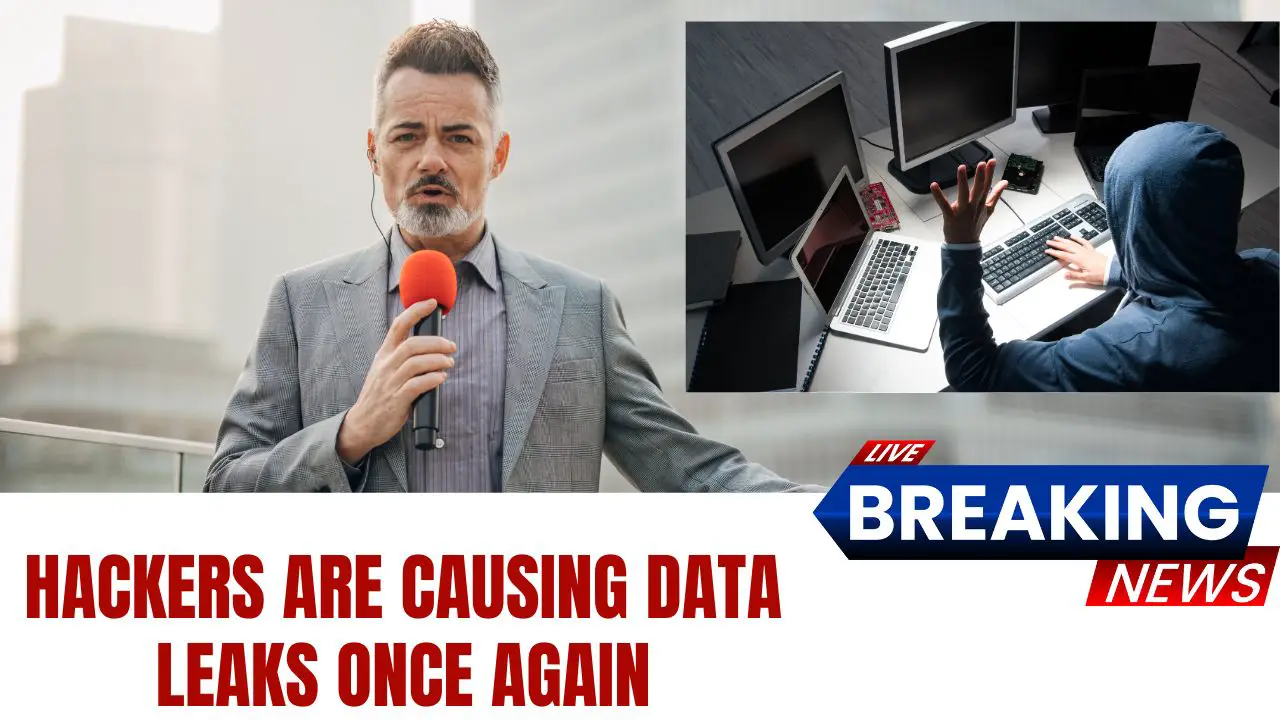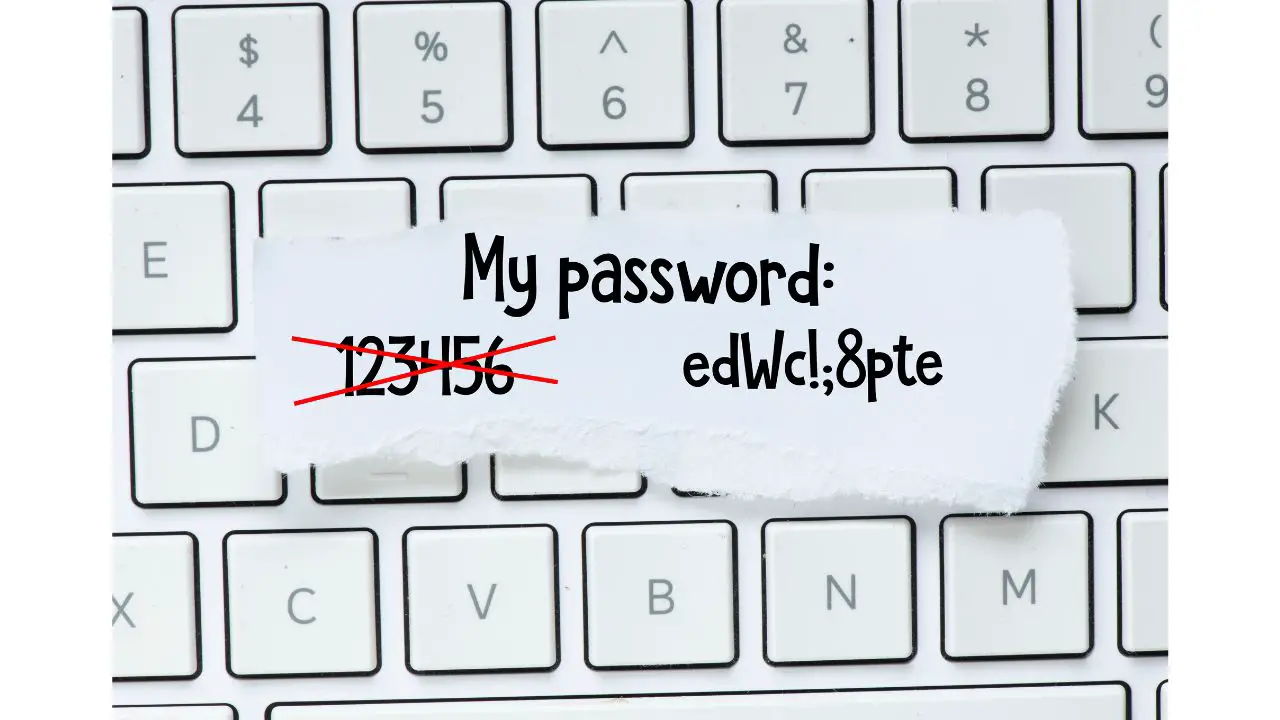Data breaches are becoming all too common in our digital age. In the blink of an eye, your personal information, which you thought was secure, finds its way into the shadowy corners of the internet. But what happens next? How do hackers use your information?
Hackers use your information in several ways. They might sell it on the dark web, use it for identity theft, or leverage it for phishing scams. Your personal data can also be exploited to gain unauthorized access to your financial or other sensitive accounts.
Understanding how and why these breaches occur is your first line of defense. It's time we pulled back the curtain. This article journeys into the mind of the hacker, exploring the scary truth about how they use your stolen information for their gain.

The Nature of Hacked Information
When we talk about personal information, it's not just your name and email address. Hackers seek out a variety of data including, but not limited to, your Social Security number, credit card information, bank account details, and even your medical records.
Hackers obtain this information through various methods. They might infiltrate a company's database, exploiting security flaws to access and download user data. Alternatively, they could employ phishing tactics, where they disguise themselves as a trustworthy entity (like your bank) and trick you into providing sensitive information.
Other methods include keyloggers, which record every keystroke you make, and malware, which infiltrates your computer and steals data directly.
The Darknet: A Marketplace for Stolen Information
The Darknet is often misunderstood. It's part of the internet that is intentionally hidden and inaccessible through standard web browsers. This obscurity provides a perfect environment for illicit activities, including the trade of stolen personal information.
Once a hacker has obtained your information, it's likely to end up for sale on a Darknet marketplace, akin to an eBay for illegal goods.
Here, buyers and sellers negotiate prices, with payment often made through untraceable cryptocurrencies like Bitcoin. Stolen information is usually sold in bulk, in packages known as 'dumps,' which can contain information from thousands, if not millions, of individuals.

Uses of Hacked Personal Information
Your stolen information can be used in various ways, depending on the objectives of the buyer:
Identity Theft: This involves the perpetrator assuming your identity for fraudulent purposes. They could open bank accounts, apply for credit cards, or even commit crimes in your name. The damage from identity theft can be long-lasting and difficult to rectify.
Financial Fraud: This is one of the most common uses of stolen data. The hacker, armed with your bank account or credit card details, can make unauthorized transactions, draining your accounts or maxing out your credit cards before you even realize what's happening.
Cyber Espionage: Hackers are not just interested in individuals. Businesses and even governments can be targets, with cybercriminals seeking to steal corporate secrets, sensitive government information, or valuable research data.
Phishing and Spam Attacks: With your contact information, hackers can target you with tailored phishing attempts, seeking to trick you into revealing even more information. Alternatively, they might use your email or phone number to spam you with unwanted messages and calls.
Ransom Attacks: Ransomware is a form of malware that encrypts your files, rendering them inaccessible. The hacker then demands a ransom, often payable in Bitcoin, to decrypt them. This type of attack can be devastating, especially for businesses, resulting in significant financial losses and operational disruption.
The Monetization of Stolen Information
It may seem strange to think of stolen information as having a specific value, but on the Darknet, it functions very much like a commodity with its own market and pricing structure. Factors influencing price include the type of information, its freshness (i.e., how recently it was stolen), and its exclusivity (whether it has been sold before).
For example, credit card details may fetch a certain price depending on the card's limit and the country of issue. Full identity packages, known as Fullz, containing comprehensive personal details, can command higher prices.
Health records, surprisingly, are among the most valuable types of stolen information due to the breadth of information they contain and their potential use in insurance and prescription fraud.
Profits for hackers vary greatly depending on the scale and impact of their actions. A small-scale phishing scam might yield thousands of dollars, while a major data breach, like the infamous Yahoo breach in 2013, can result in millions of dollars in illicit gains.
The Role of Botnets in Amplifying Hacker Attacks
Botnets play a significant role in the world of cybercrime. A botnet is a network of computers that have been infected with malicious software and can be controlled remotely by a hacker. These networks can be vast, spanning thousands, if not millions, of computers.
With control of a botnet, a hacker can launch large-scale attacks. They could use the botnets to distribute malware, spam emails, or phishing attacks.

How to Protect Yourself from Hacking
There are several steps you can take to significantly reduce your risk of falling victim to cybercrime:
Practice Good Cyber Hygiene: This involves using strong, unique passwords for each of your online accounts. Password managers can help with this. It's also important to be cautious when downloading files or clicking on links, especially from unknown sources.
Use Two-Factor Authentication: Two-factor authentication (2FA) adds an extra layer of security to your accounts by requiring a second form of verification in addition to your password.
Keep Software Updated: Regularly updating and patching your software is crucial. Many cyberattacks exploit known security vulnerabilities in outdated software.
Backup Data Regularly: Regular backups can help mitigate the damage if you fall victim to a ransomware attack. Make sure to keep backups on a separate device or use a cloud-based service.
Beware of Phishing Attacks: Always be suspicious of unsolicited emails or messages, especially those that ask for personal information or urge immediate action.
Final Words
Let's take back control of our digital lives, one byte at a time.
And in doing so education and awareness are crucial – the more we understand about the threats we face online, the better equipped we are to defend against them. Stay informed, stay safe.